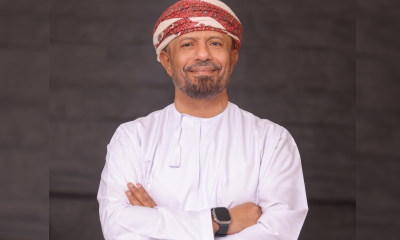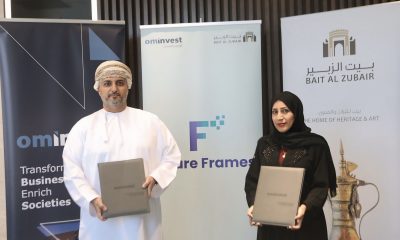Economy
IMF: Oman’s Economy Gradually Recovering

Oman’s economic efforts have been recognised – and praised – by the International Monetary Fund (IMF) as stated in a recent press release.
The aforementioned efforts include Oman’s ‘strengthening the status of public finance, promoting growth driven by the private sector, creating jobs, promoting economic diversification, improving labour market performance, building human capital, enhancing the business environment and increasing productivity and competitiveness.’
Lower Fiscal Deficit, Higher Oil Revenues
According to estimates, Oman’s fiscal deficit has reduced to 9 per cent of the Sultanates’ GDP as compared to 2017 when it was 13.9 per cent of GDP. The lowered deficit may primarily be attributed to higher oil revenues, driven by production cuts by leading global oil producers. So much so that oil prices in Oman during the first quarter of 2019 have had the best performance in almost a decade.
On the other hand, Oman’s oil and gas production increases have resulted in a GDP growth of 2.2 per cent.
According to the statement released by IMF, Oman’s fiscal deficit will further reduce down to 8 per cent of its GDP in 2019. One of the reasons for the decline is the proposed introduction of the excise tax on selected goods, which will offset any impact of low oil prices.
Oman’s Economy on Recovery Mode
In 2017, after hitting a low of 0.5 per cent, Oman’s non-hydrocarbon GDP is said to have increased to 1.5 per cent. This growth is expected to increase to 4 per cent over the medium term, granted that the Sultanate continues it’s ongoing efforts to diversify the economy.
The IMF statement continued to praise Oman’s “reforms in the areas of commercial law and arbitration and licensing procedures.”
The Sultanates’ approach to creating a sustainable and diversified economy that strives to achieve fiscal viability; a robust yet flexible regulatory environment; and quality governance – all part of the Oman Vision 2040 – was recognised and commended by the IMF.
The statement added that Oman could take further efforts to strengthen the business environment, including by reducing obstacles to foreign direct investment, fostering competition, and further easing trade barriers would help strengthen external competitiveness. Accelerating diversification efforts under the Tanfeedh program could also help raise non-hydrocarbon exports. Banks [in Oman] benefit from high capitalization, low non-performing loans, and strong liquidity buffers. Maintaining strong regulation and supervision will help strengthen resilience and ensure sustained growth.”
-

 Real Estate2 months ago
Real Estate2 months agoAl Mouj Muscat Unveils Azura Beach Residences Phase 2: A New Chapter in Waterfront Living
-

 Leaders Speak1 month ago
Leaders Speak1 month agoDhofar International Development and Investment Company: Driving Sustainable Growth and Strategic Synergies in Oman’s Investment Landscape
-

 Events1 month ago
Events1 month agoOER Corporate Excellence Awards 2025 Honours Entities and Innovations in Oman
-

 Economy1 month ago
Economy1 month agoMaal Card: What Oman’s New National Payment Card Means for Everyday Users
-

 OER Magazines2 months ago
OER Magazines2 months agoOER, October 25
-

 Arts and Culture2 months ago
Arts and Culture2 months agoOminvest and Bait Al Zubair Launch “Future Frames” to Empower Youth through Art and AI
-

 Entertainment2 months ago
Entertainment2 months agoWhere Heritage Meets Haute Couture: Al Sadaa Haute Couture Transforms the Sultanate’s Fashion Scene
-

 News2 months ago
News2 months agoMs. Noor Saldin, Founder of Modern Generation International School, Wins Woman of the Year 2025; School Honored for Empowering Future Female Leaders































You must be logged in to post a comment Login